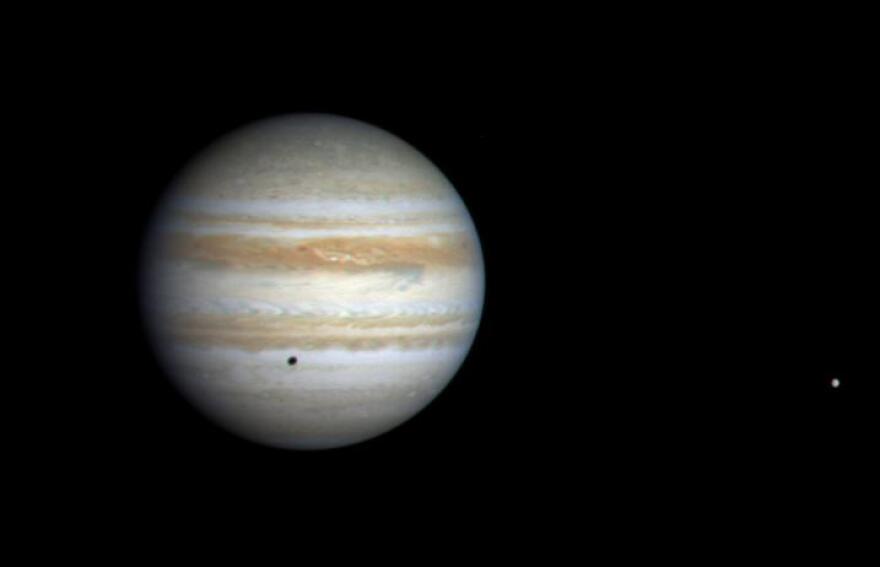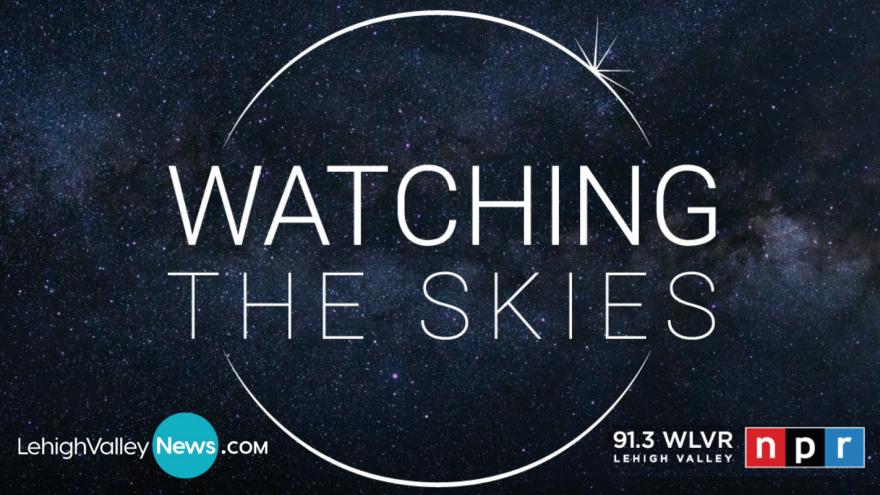BETHLEHEM, Pa. — Brad Klein reviews upcoming astronomical highlights with Bethlehem’s ‘Backyard Astronomy Guy,’ Marty McGuire.
This week, you may have noticed a second bright object joining the ‘morning star’ before dawn recently. It’s the giant planet Jupiter, and this week it will make its closest approach to Venus in the morning sky.
On the morning of Tuesday, Aug. 12 the two planets will be less than a degree apart in the night sky, in what’s known as a planetary conjunction.

“So close, in fact, that if you put your arm extended out, they'll be the width of your pinky finger apart,” said McGuire.
The biggest challenge to spotting them in the morning sky may be waking up between 4 a.m. and sunrise, which occurs just two hours later. If skies are clear, both planets will shine brightly as they rise in the eastern sky.
And, they will change relative positions from night to night. Venus, the true ‘morning star,’ will appear the brighter of the two.
Although they appear very close in the eastern sky, they are separated by about 400-million miles of space, spanning much of our solar system.



